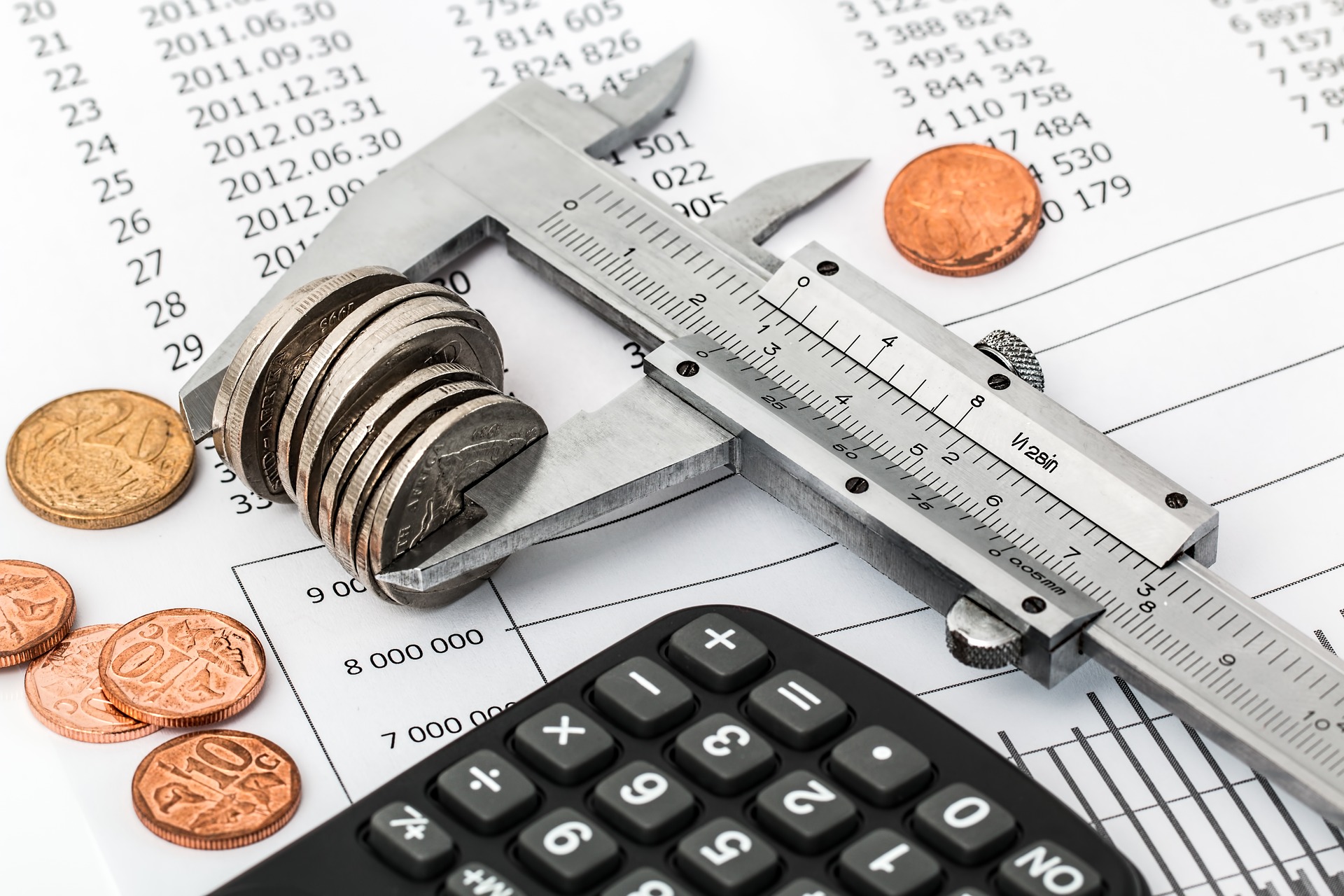With the outbreak of war in Ukraine, food costs continue to rise and reach new highs. In 2022, price increases come to a record 6.7 percent.
Food is getting more expensive but not scarce
According to Bank Austria, this year’s price increase is approaching the record level of 6.7 percent set in 2008. Low-income households are particularly affected. The war hardly threatens Austria’s food supply, but it strains food processors and raises consumer prices. A gas supply freeze would significantly hamper the industry.
The rise in food prices nears record levels
Cereals were 53 percent more expensive in the first quarter than a year earlier in domestic wholesale. UniCredit Bank Austria said that an end to the price increase is not in sight. The price of quality wheat listed in Vienna, for example, more than doubled at the end of March. “Along with higher prices for energy and agricultural commodities, fertilizers, pesticides and seeds have also become massively more expensive, and the production costs of other foodstuffs have risen,” said Bank Austria economist Günter Wolf.
According to Bank Austria, an end to the price rise is not in sight
In a press release on Wednesday, Bank Austria wrote that the increase in food prices had reached the supermarkets. In January and February, food had become more expensive by 4.5 percent. This means an additional burden of 16 euros per month for an average household that spends 351 euros per month on food, according to the 2020 consumer survey. Bread and cereal products became more expensive by an average of 5.8 percent in the first two months this year, vegetables by 7.7 percent, while the price increase for meat and meat products (plus 3.9 percent) and dairy products (plus 2.8 percent) was below average.
Low-income households are particularly affected by inflation
Low-income households are particularly affected by the price increases: An average family spends 11 percent of its consumption budget on food; for homes with the lowest income fifth, the figure is almost 16 percent.
Food supply in Austria not at risk
The war hardly threatens food supplies in Austria, he said. “While the conflict does not threaten food security in Austria at all, it does put a burden on food processors in Austria through the sharp increase in agricultural product and fuel prices and ultimately drives up consumer food prices.” Austria does not purchase “any significant quantities of agricultural products” from Russia and Ukraine, he said. He said the importance of a buyer of Austrian food products is also low, with the two countries accounting for about 2.3 percent of all food exports. Some of the exports would be lost, and Austrian companies’ subsidiaries and joint ventures in both countries would also be at risk.
Loss of gas supplies would hinder food production
A loss of Russian gas supplies, on the other hand, would “significantly hinder” food and luxury food production in Austria. He said that the industry covers around 55 percent of energy consumption with natural gas, making it the fifth-largest gas consumer in the production sector.
The economic outlook for food producers worsens
According to Bank Austria, the economic outlook for food producers in Austria for 2022 has deteriorated and is characterized by high uncertainty. After a significant increase in sales and production and more employment in the first two months, the outbreak of the Ukraine war would have reduced the initially very optimistic production expectations for this year.
Food demand for cooling in the short term
In any case, food demand is likely to cool quickly. “Real disposable household incomes are expected to fall for the third year in 2022, dampening consumer demand. At the end of March, consumer sentiment in Austria, as in the euro area, fell to a similarly low level as last seen during the economic crisis of 2008-2009,” Wolf said. A high proportion expects their financial situation to deteriorate in the next twelve months.
Massive drop in demand in corona crisis 2022 and 2021
There were massive drops in demand in the pandemic years of 2020 and 2021: in 2020, food consumption in Austria fell by 11 percent in price-adjusted terms “and fell again slightly in 2021,” according to Bank Austria. Production increased by 2.4 percent in 2021, not entirely compensating for the 3.4 percent drop from 2020. However, substantial producer price gains ensured a 6 percent increase in sales to 19.5 billion euros in 2021. The most significant contribution to growth came from foreign sales, which rose by 9 percent to EUR 7.4 billion.
- source: APA/picture: Bild von Steve Buissinne auf Pixabay
This post has already been read 1582 times!



